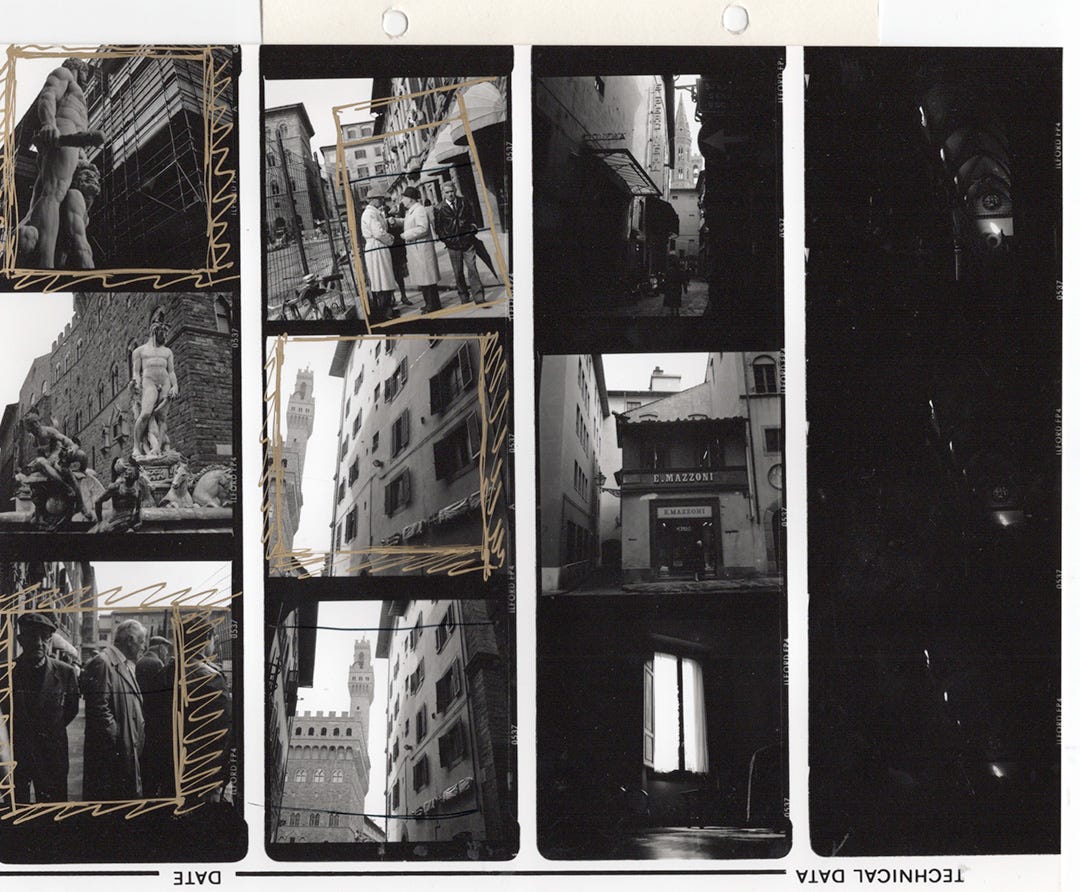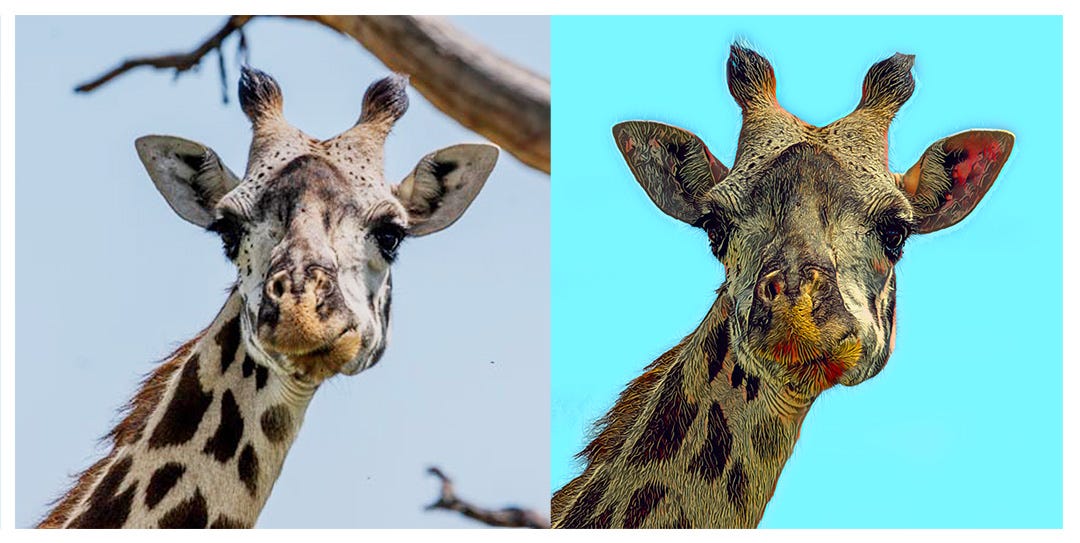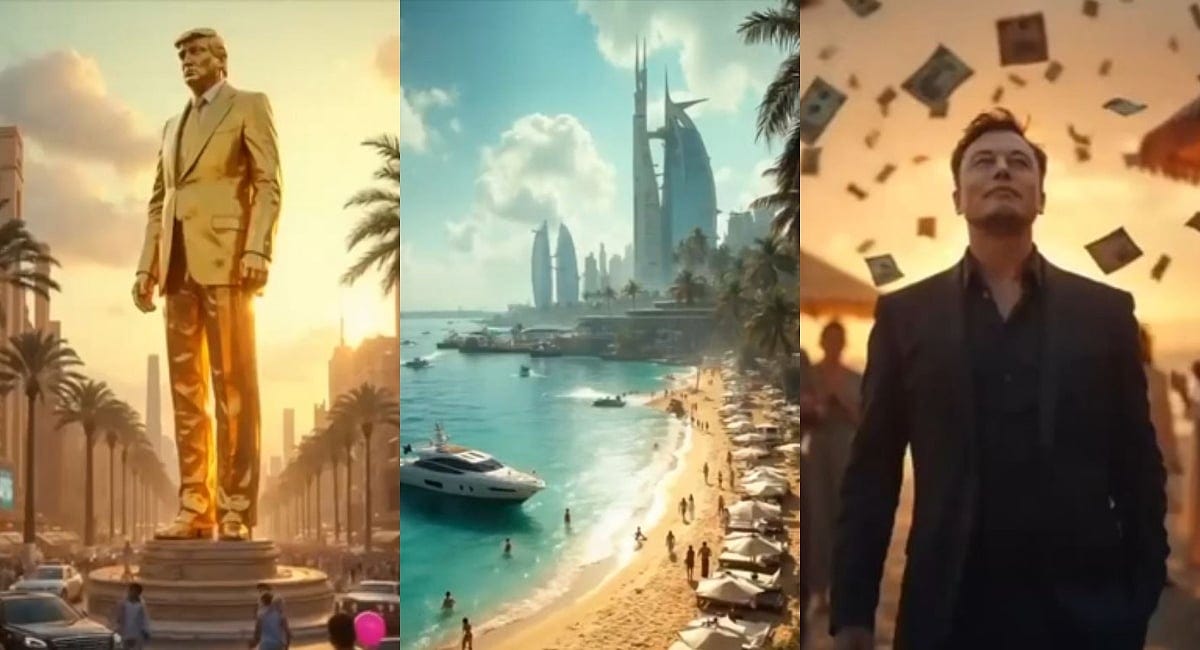Until just a few years ago, when someone said an image had been “Photoshopped,” it was often a negative, a criticism. It implied distortion, mistrust, and manipulation—signs that an image had crossed the grey line between truth and an undeclared agenda of an advertiser, a brand or even a publication. Looking back from where we are now, this ‘photoshop era’ seems almost like a golden age of authenticity. The rise of generative AI has made image creation incidental. You no longer need technical skill, just the right prompt. The line between photograph and fabrication hasn’t just blurred—it’s disappeared in a puff of pixels and data points.
The tools aren’t perfect (yet), and we can often still spot the telltale signs of fabricated image. But the gap is closing fast. And that brings us back to a familiar question with much higher stakes: how do we know what to trust?
The Evolution of Image Manipulation – From Darkroom to Midjourney
I spent years working in a darkroom—dodging, burning, adjusting contrast, even filing down the edges of my negative frames to give prints a distinctive black border that would be unique to me. Each print bore the marks of time, effort, and a lot of decision-making. Manipulation was always part of the process, but it was rooted in a close, physical relationship with the process—light, chemicals, paper, the film. Every choice came with consequence, and most of those choices were made in the pursuit of exploring possibilities. They weren’t about distortion, but about expression. The process was integral.
With Photoshop, similar choices moved to the screen. My first freelance gigs were photoshop retouching – holiday cover for The Body Shop’s head retoucher, tweaking images after shoots when the photographer didn’t get the colour balance right, the model didn’t quite manage to hold the product so you could see the label, or the many hours of the photoshoot made foreheads flushed and veins bulge.
As the platform evolved, the process became faster, more flexible, more forgiving—and more powerful. While the tool was widely adopted, it still required intent and craft. You had to know what you were doing. There was still a gap between the raw and the refined, and an understanding that editing was part of the photographic conversation. The excitement when Photoshop introduced layers (v2.5 I think, mid 1990s)! The spot healing brush!
But AI – within months it seems like – has shifted the conversation entirely. There’s no longer a need for a camera, a subject, or even light. You can generate an image from nothing but a few words and a vague idea. And while that opens up creative possibilities, it also challenges the idea that images reflect lived experience. Sure there is still a process to trial and error, prompt and re-prompt, but this is extracting value from the tool, not development of the image. The barrier to image creation is gone—and with it, some of the friction that helped us pause and focus on what our choices are, not what the tool can or can’t do and stop there.
What’s different now isn’t just that images can lie. Even 17th century oil paintings were commissioned with a ‘spin’ on the truth in mind, even if it was just a power play. It’s that anyone, with no creative (or ethical) frame of reference, can generate convincing falsehoods at scale. The tools are neutral—but the scale and ease of manipulation is something entirely new.
Hope, Authenticity and the Reputation Gap
We’ve entered an age in which truth is not only contested, but increasingly commodified. The decline in trust in journalism has been slow and corrosive, then suddenly accelerated by political polarisation, misinformation, and the rise of algorithmically-driven platforms. Social media algorithms built echo chambers where beliefs are reinforced rather than challenged, and where emotional hooks and meme-ability are valued more than accuracy. The recent viral video of a “Gaza resort,” generated by AI and shared to make a dangerous political point, was a sobering reminder of how easily those with agendas can now leverage images and video to build credibility at speed for a ‘owned version’ of the truth — and we’re just at the beginning.
This isn’t just a problem for journalists and photographers. Brands, businesses, influencers, even individuals now operate in a landscape where their images are met with anything from instinctive scepticism to confirmation of a reality for one tribe or another. We are no longer evaluating whether something looks good, or even if it’s ‘real’ — we’re paying attention if it speak to us. The gap between what an image shows and an agreement of what is real is growing wider. Reputation is now built not only on what you publish, but on how you’re perceived to have created it and what ‘camp’ you sit in. And once that trust in a shared truth is gone, it’s hard to recover.
But there is hope. The renewed interest in film photography make me think this points to a deeper need for authenticity—something tangible, imperfect, and emotional. The rise of platforms like Substack suggests a growing appetite for peer-to-peer engagement and less algorithmic, automated interference. Even in digital spaces, we’re beginning to value voices over virality. And perhaps this cultural shift reflects our collective intuition: that creativity and image making can’t thrive in a space where agenda-first manipulation is accepted as ‘normal’ and honesty is an afterthought.
“The challenge of the modern world is not access to information—it’s knowing what to believe.” — Timothy Snyder
If You Care, Show It
In my own creative work, I try to be open, imperfect, and exploratory. I’ve learned that it’s better to show your workings — to let people in — than to polish everything into banality. There’s something in the messy process that builds trust in a way perfection can’t. AI, for all its technical brilliance, produces images that are essentially averages. They reflect not lived experience but aggregated aesthetics. They look back, not forward. They’re trained on what the internet says “good” looks like. That makes them competent, even impressive—but rarely surprising.
And that’s where human creativity still wins. We have skin in the game. We have memory. We can respond to a moment, improvise, go off-script, get it wrong (keep getting it wrong!), and learn in the process. We can make work that reveals something — not just about the subject, but about ourselves as individuals, not averages of others.
The tools will continue to evolve, but the core of creative authenticity remains unchanged. Be specific. Be present. Be accountable. Be open. Let your work be a reflection of your experience, not a simulation of someone else’s, as messy as that might be. Think of your practice as a conversation, not a campaign; a body of work, not a string of perfect posts. Treasure the process not an outcome you’ve already thought of. Creativity has always been shaped by the tools we use — but the tools don’t determine the outcome, we do – and we have a duty to share the process, not just the results.
“AI can make images, but it can’t make memories. It has no skin in the game.” — Anon. artist
Truth may vary, but value starts with us
In a world of lies, damn lies, and Photoshop, the challenge isn’t just to see clearly— it’s to create with care, connection and openness. Lies, prejudices and agendas are everywhere, particularly at this moment in history. Some ‘truths’ are deliberate falsehoods; others are manipulations in service of power or platform. But the tools themselves — Photoshop, AI, Midjourney, even a brush or chisel — aren’t dishonest. They’re just tools. What matters is how we use them, and what we choose to say with them.
Of course if we want to build trust, we need to earn it — with attention, with honesty, and with work that doesn’t just look right, but feels real and shows the humanity and empathy that brings people to our world view. Without the human-to-human connection, we won’t just lose trust in photography and the other media we love — we’ll lose trust in each other. I believe there’s enough of us that believe in that principle to keep making a real difference, and push back for the benefit of everyone.
Keep curious
James
A Note on Process and Transparency
I wrote this article with the support of ChatGPT as part of an iterative creative process. In the spirit of the article here’s how I used it:
I began with my own draft and themes, including the three core sections and intended structure.
I used ChatGPT as a creative sounding board to help refine the tone, build the narrative arc, and test the clarity of ideas.
All personal anecdotes, examples, and final arguments are based on my own perspective and experience.
I substantially edited and rewrote most of the final article (!) to ensure it reflects my style and intent.
I believe transparency is part of the creative process. So here’s me showing my workings!
Verified research on trust, truth and media by AI (a great research assistant!)
1. Edelman Trust Barometer (2024)
2. Pew Trusts - Media Mistrust Report (2024)
3. Ruggiero Lo Sardo et al. (2024). From Trust to Disagreement
4. Michael Schudson (2023). What Does ‘Trust in the Media’ Mean?
5. Emily Bell (2024). Can Democracy Work Without Journalism?
6. Idiongo, P. (2024). The Impact of Fake News on Public Trust in Traditional Media








Well said. I agree that IA is a tool, nothing more. I do use it in much the same way you do. I input ideas, check, cut, and add to its product for the final piece.